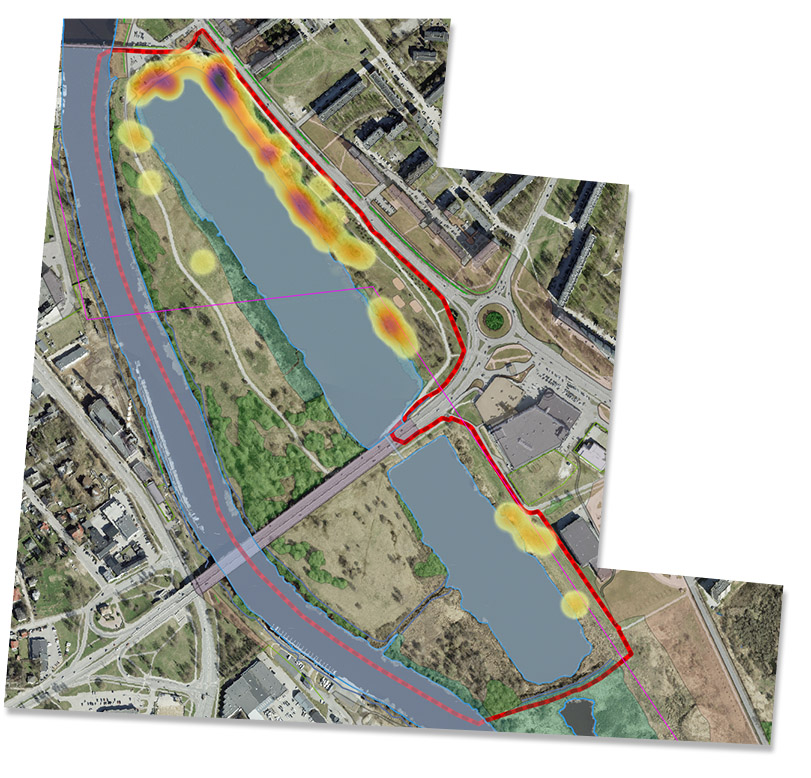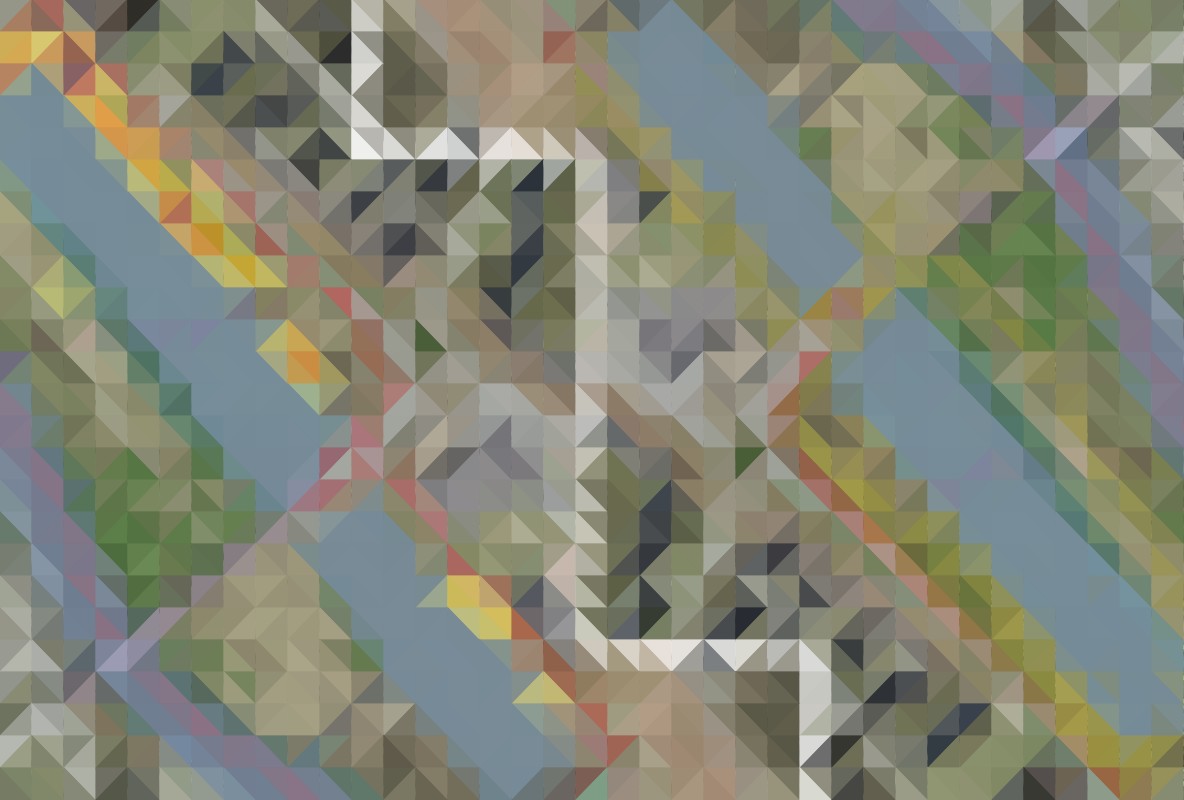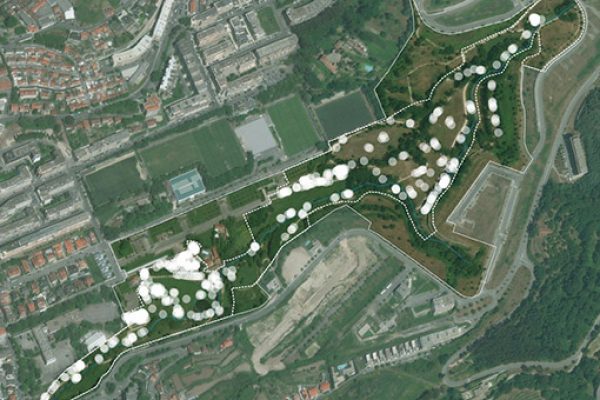BlueHealth tools explained
Having access to quality blue environments can benefit our health and wellbeing.
The BlueHealth Toolbox has been created to help maximise these benefits while protecting the environment. For more information please download the BlueHealth Tools guidance document.
BlueHealth interventions
BlueHealth is taking part in several small-scale construction projects across Europe. These ‘urban acupuncture’ initiatives are designed to enhance the way blue spaces are used, and we’re particularly interested in how they might affect the health and wellbeing of local populations.
In order to measure these changes, we’ve developed a series of tools to capture information about the environmental quality of a site, how people use it (or barriers they might face in using it), and their self-reported wellbeing. Peeter Vassiljev explains more.
These tools are free for researchers and organisations outside of BlueHealth to use, but in true academic fashion, each has a fairly unfriendly initialism. So below I’ve provided a brief explanation of the tools and how they might best be applied:
- BlueHealth Behavioural Assessment Tool (BBAT)
The BBAT is designed to help with the systematic observation of a site’s use. It captures who is doing what and where, and allows researchers to make comparisons between different groups and activities. BBAT outputs can be visualised in geographic heat maps, providing a visual way to assess and discuss results. - BlueHealth Community Level Survey (BCLS)
BCLS captures information by interviewing the population near to a site. Its questions gather a range of social and wellbeing data, and ask people about their water-related visits in the last 4 weeks. Data collection is performed close to intervention sites but also further afield, to capture the reasons why some people don’t visit an area. - BlueHealth Environmental Assessment Tool (BEAT)
The BEAT aims to help planners evaluate the social, physical and ecological characteristics of a space. Formed by fusing several existing assessment tools, it can be used to capture the makeup of an environment before starting a design project, or as a way of evaluating opinions about a space from the people who visit it (more information here).

An example output from the BBAT tool.
By using these tools to collect data before and after the construction phase of each project, we’re hoping to analyse the effects of our interventions and make comparisons between outcomes in different countries. Yet analysing data from various sources is difficult, since each site might have contrasting characteristics, and cultural differences can impact perceptions of a space. We’re currently tackling these challenges.
For more information please download the BlueHealth Tools guidance document.




